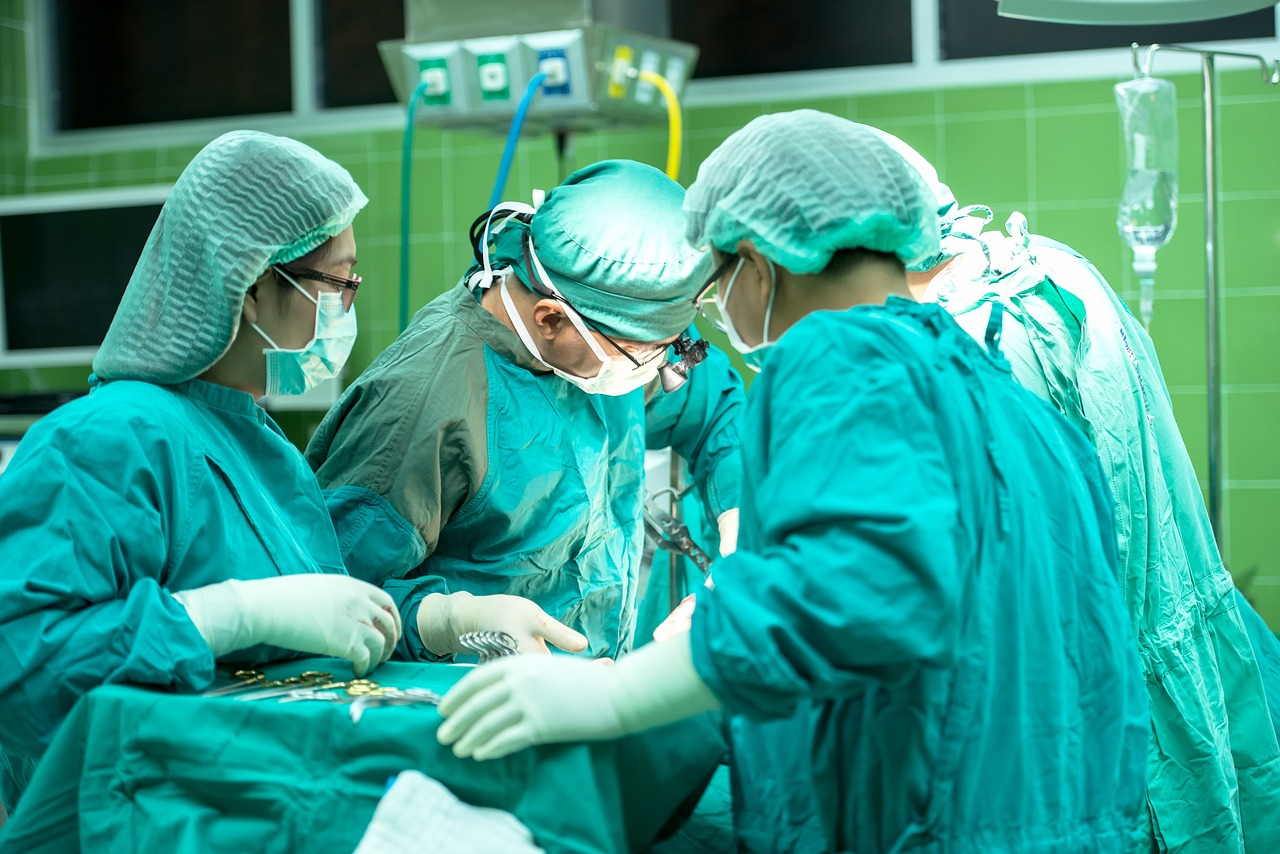Unit 2: Lesson 4: Health Science Careers
Lesson 4: Health Science Careers

Lesson 4: Health Science Careers

Health science is an incredibly diverse field. Although we think of doctors, nurses, nutritionists, and hospital staff when considering health science careers, there are many additional positions within the health sciences. The different levels of care we discussed earlier in the unit helped us examine other areas in which health science professionals work. In this section, we'll look at some alternative careers you may not have imagined when considering the health sciences, even though these positions contribute significantly to our overall understanding of the human body and our ability to assist people with caring for their health.
Biological Photographer
When you thought about health science careers, you probably didn't consider photography. Biophotography is an exciting, growing field helping scientists and doctors learn more about how the body works and the diseases that may affect us. You may have already seen the product of a photographer, as visual representations are becoming more common as teaching aids and explanation tools in the media. Biophotographers have brought us images of embryos in the womb, the blood in our veins, and the insides of our hearts.
CT Imaging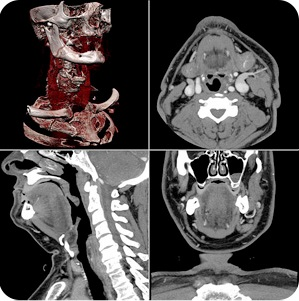
Biophotographers use cameras, video, computers, microscopes, and other technological aids to help them view and create images of the human body. In many ways, the biological or medical photograph is the descendant of traditional medical illustrations humans have used for centuries. Biophotographers record different aspects of the human body or organisms that may affect the human body, such as bacteria or viruses. The images are used in medical textbooks, legal proceedings, teaching aids, and research reports. In some cases, biophotographers may help record a patient's medical progress or decline, or they may document injuries in autopsies. Biophotographers may work in hospitals, research settings, dental and medical schools, and morgues.
Biophotography draws individuals with artistic skills and an interest in science and medicine. Not only do they need to be good photographers, but they also need to be able to edit and use the pictures in media such as charts, graphs, and pamphlets. While some photographers are employed full- or part-time in some of the settings mentioned above, others work on a contract basis for one or more employers. Some positions may be open to those with a high school diploma and photography experience, but others may require an associate's or bachelor's degree. Certification as a Registered Biological Photographer is available through the BioCommunication Association's Board of Registry. This certification requires a written exam, a practical exam, and a demonstration that the individual is competent as a medical photographer. Some colleges and universities currently offer degree programs in this area.
Biomedical Engineers
Another health science career that you may not have considered is biomedical engineering. Biomedical engineers apply engineering to medicine to create devices and aids to help patients with medical issues. They take concepts and information from mechanical, electrical, chemical, and civil engineering to improve various aspects of medicine. Biomedical engineers may work on developing artificial limbs, orthopedic aids, artificial organs, and other devices. Some of the devices and aids already developed by biomedical engineers include pacemakers, defibrillators, ultrasound machines, artificial joints, and digital hearing aids.
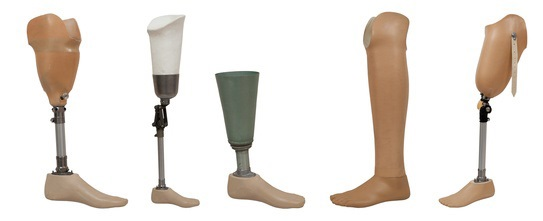
There are four main areas in which professionals may focus within biomedical engineering. Bioengineers use engineering to help better understand the structure and movement of the human body. Medical engineers use engineering information to develop biomaterials, diagnostic testing, and medical devices. Clinical engineers typically work in medical settings, and they maintain diagnostic and therapeutic devices and aids and train others on proper usage. Rehabilitation engineers use engineering knowledge to create solutions for patients with disabilities.
Computer proficiency is one of the most critical skills many biomedical engineers need. Computer technology is used for a wide variety of biomedical engineering tasks. Most medical devices and equipment created over the past several decades use computer technology somehow. Some biomedical equipment, such as CT scans, rely exclusively on computer technology to perform tests. Other devices and equipment were partly created through computer representations and engineering tasks. Although biomedical engineers may never meet the patients for whom they design medical devices and equipment, they play an essential role in the health science system.
Biomedical engineers work in many settings, including laboratories, universities, hospitals, and research foundations. Most positions require a bachelor's degree from an accredited biomedical engineering program. However, some individuals come to biomedical engineering after receiving degrees in other engineering. Many biomedical engineers have a master's or doctorate (PhD) degree, which gives them an advantage for job openings. For individuals wishing to teach biomedical engineering at the university level or to compete for the top biomedical engineering positions, a doctorate (PhD) degree is almost always necessary. In addition to computer technology knowledge and experience, biomedical engineers must have a strong understanding of mathematics and sciences such as biology and chemistry. Biomedical engineers also need the ability to think analytically and logically, and they must employ a problem-solving type of creativity that allows them to create devices and equipment that help patients with disabilities or help other health services professionals perform their jobs.
Cytotechnologist
Living organisms, including human beings, are made up of cells. Cytotechnology is the study of cells, including their structure and function. Cytotechnologists are health science professionals who are trained to evaluate cells from different parts of the body. They may examine cells to determine whether they have the appearance and structure of normal cells from that part of the body or whether the cells show signs of disease or abnormality. Cytotechnologists primarily use microscopes to examine cells for malignancies, infectious agents, and lesions.
Human Parietal Cells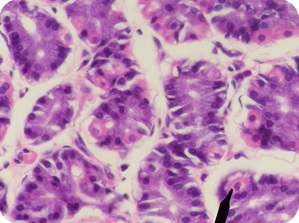
Cytotechnologists take samples of human cells and prepare microscope slides of the cells for examination. They mark any abnormalities or issues and then create reports for pathologists to review. Pathologists then take this information and use it to make a diagnosis. Most of the work of cytotechnologists takes place in hospital laboratories and other related sites, although some may work in research laboratories.
To become a cytotechnologist, individuals need to have a strong background in science and mathematics. They may focus on the biological sciences and chemistry in their coursework. A cytotechnology program, which includes specialized instruction, is generally necessary. In this program, individuals learn what normal and abnormal cells from different body parts look like, how to analyze cells, prepare microscope slides of cells, and so on. A bachelor's degree is required for the national certification exam in the United States.
Occupational Therapist
Think about a career that you might enjoy. What activities or tasks would you do as part of this career? What would you do if you encountered problems performing these tasks? Occupational therapists help people participate in the functions and activities they want or need to do as part of their lives. They may help injured patients regain their ability to perform specific tasks, or they may teach them new ways of accomplishing tasks. They may work with children with disabilities or challenges to help them participate more fully in school or social settings.
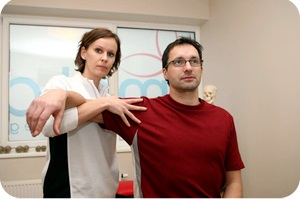
Occupational therapists typically meet with clients and patients to first determine the person's goals. This may encompass not only physical goals but also emotional, social, and mental ones. Once the goals are established, the occupational therapist works with the patient to reach those goals. This may include helping an individual relearn how to do daily tasks, such as navigating around a workplace or writing emails to teach individuals how to adjust in their workplace for an injury or disability that they may have. Therapists might work with a person experiencing short-term memory loss and teach the patient some strategies, such as taking notes and using other methods of improving recall. Throughout the process, the occupational therapist measures the therapy's outcomes and tracks each individual's progress.
Occupational therapists may work with individuals with a particular injury, condition, or age group. For example, occupational therapists in schools work with school-age children exclusively. Other occupational therapists may work with patients who have lost limbs or who have suffered brain injury or trauma. These therapists may work in hospitals, clinics, schools, camps, private practices, or even visit their patients in their homes.
Most occupational therapy positions require at least a master's degree, and candidates often seek a strong foundation in the biological sciences before entering graduate school. Occupational therapists must also obtain a license and certification in the United States before practicing in this field. To do so, the person must graduate from an accredited occupational therapy graduate program and pass the national certification exam. Some states also have additional requirements.
